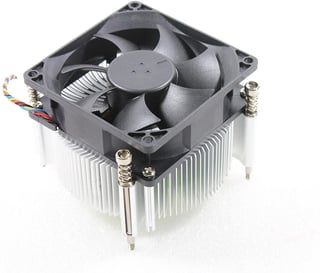Recently I was thinking about home improvement, and one idea that is haunting me is that I could use some kind of refrigerator for gaming consoles and laptops.
The obvious benefit is that it maintains a constant low temperature. Also, the doors usually can be closed firmly and it won't let dust come inside, so there isn't any need to disassemble and clean hardware. That is a good thing in long term. Despite it makes airflow less intensive, according to my understanding it should not be a problem, as all that is needed for hardware is cooled air, not new air.
And whenever I get what I consider a good idea, I usually stop for a minute and ask myself a question "why doesn't this exist yet?". So there are definitely big-scale expensive enterprise servers which could possibly use the same approach to reduce maintenance effort, but that is not the case. So the disadvantages I can think of is that refrigerators are just not designed to cool a source of constant heat for a long period of time and (probably) will break quickly. Another problem that came to mind is that refrigerator boxes tend to generate condensate and it might be harmful for hardware.
Am I correct with my assumptions, or is it not that crucial and are there in fact similar solutions?


